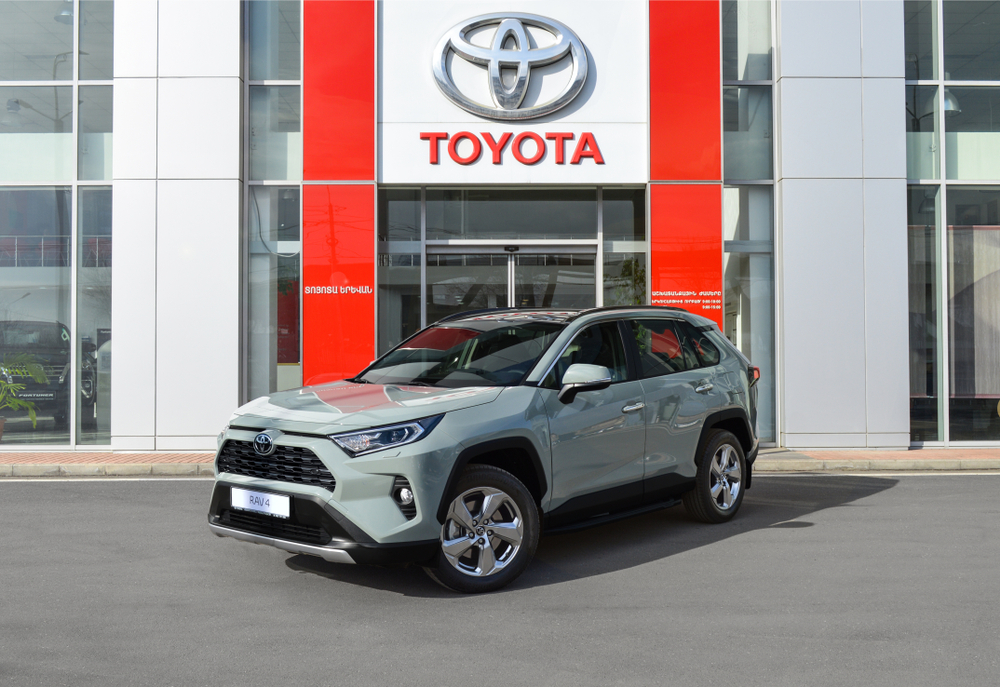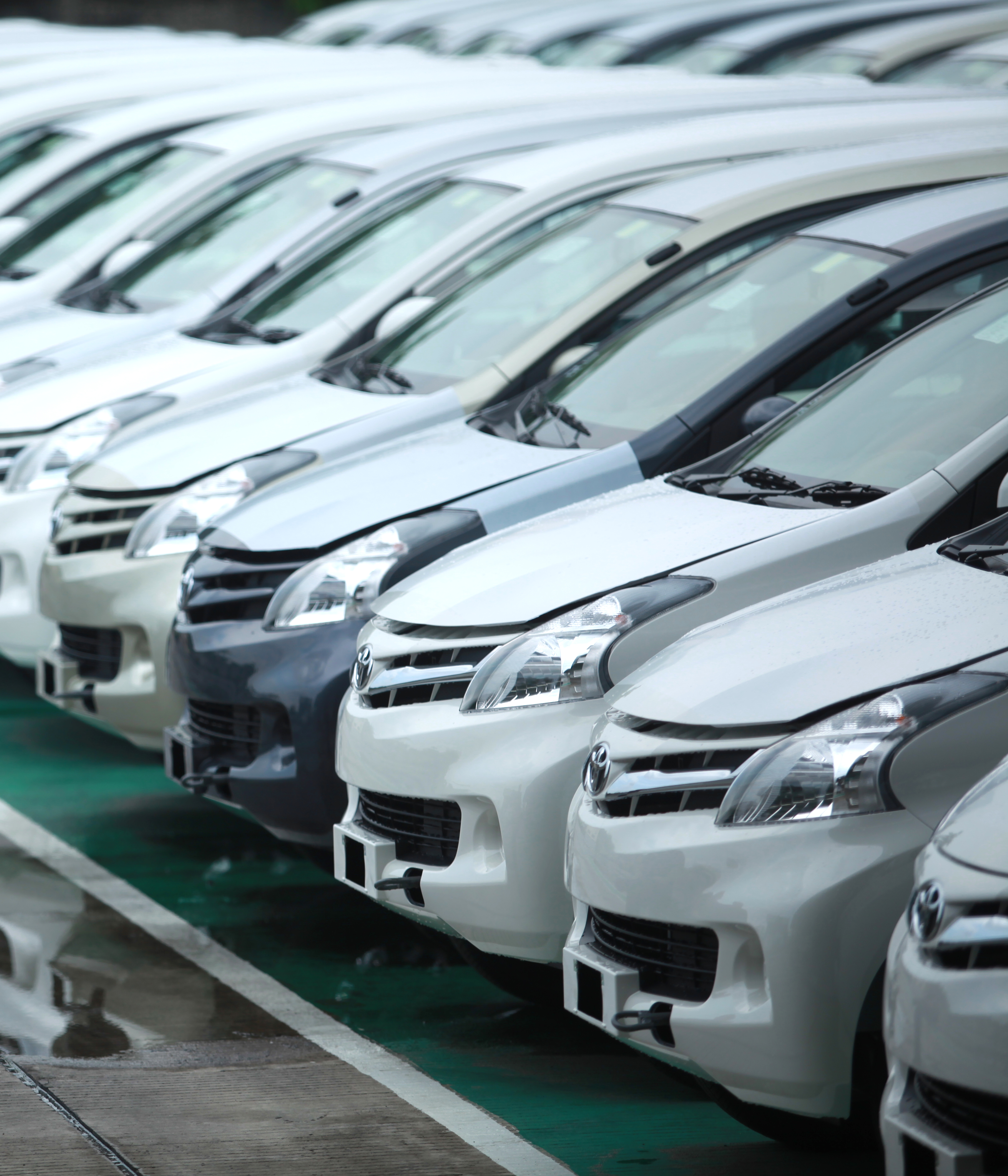TOKYO – Toyota’s emissions continue to rise despite the automaker’s stated commitment to align with Paris Agreement goals, according to a new report from Greenpeace East Asia’s Tokyo office.
An analysis of emissions from the eight largest Japanese carmakers between 2018 and 2023 showed that Toyota reported the highest greenhouse gas emissions of all eight. In 2023, Toyota’s emissions alone exceeded the total emissions of Australia. Honda reported the second-highest emissions volume, followed by Nissan.
Toyota’s reported emissions increased by 27% between 2021 and 2023. In 2023, Toyota’s emissions accounted for approximately 1.5 percent of the world’s total CO2 emissions.
Together, the eight automakers accounted for 90 percent of total passenger vehicle sales in Japan in 2024.
Greenpeace East Asia climate and energy campaigner Mariko Shiohata said:
“Automakers have not sufficiently aligned their emissions reduction efforts with their business strategies. The biggest emissions decreases from Japanese automakers have been primarily due to sales losses, rather than proactive efforts to embrace lower-emitting vehicles such as Battery Electric Vehicles (BEVs). Honda and Nissan’s reported emissions fell in recent years in large part due to lower sales. Toyota, however, increased both its sales and reported emissions.
“Japan’s carmakers need to be more transparent with the public and shareholders by improving the standardization and accuracy of their emissions reporting. Inconsistencies in emissions reporting create a challenge when tracking progress across the eight carmakers. Some automakers have altered the geographic scope of their calculations from one year to the next, and reported emissions figures have included everything from lawn mowers to motorbikes.”
Key Findings:
– Toyota reported the highest greenhouse gas emissions of all eight automakers in the study, at 593 million t-CO2e in 2023, exceeding the total emissions of Australia (572 million t-CO2e). Honda reported the second highest emissions volume at 271 million t-CO2e, followed by Nissan at 118 million t-CO2e.
– Toyota’s reported emissions increased by 27% between 2021 and 2023. In 2023, Toyota’s emissions accounted for approximately 1.5 percent of the world’s total CO2 emissions.
– Between 2018 and 2023, the ratio of Toyota’s sales of Hybrid Electric Vehicles (HEVs) roughly doubled from 17.6% to 34.7%. While the company has claimed that hybrid vehicles are an ‘effective means of reducing CO2 right now’, its total emissions grew substantially during this period due to increased sales. [1] HEVs reduce tailpipe emissions by only 16 percent on average compared to full combustion engine vehicles, according to the IEA.
– In 2023, the three largest automakers in the study, Toyota, Honda and Nissan, sold predominantly combustion engine vehicles. Combustion engine vehicles, including hybrids, accounted for 98.95%, 99.52% and 96.30% of the three automakers’ total sales, respectively.
– Emissions disclosure practices vary significantly between Japanese auto manufacturers, enabling companies to evade climate responsibility.
Greenpeace urges the eight automakers to upgrade their greenhouse gas emissions reduction targets and take all necessary measures to meet them.
“The passenger vehicle industry is at a crossroads, as seen by the recent failed merger between Honda and Nissan. At this critical moment, Toyota and other automakers must plan for the future and set meaningful emission reduction targets. In the past, Japan’s auto industry has been a leader in innovation, and now is the time to channel that experience,” said Shiohata.
END
Notes
Report available here
[1] Toyota Sustainability Data Book October 2024, p.38
Media Contacts
Erin Newport, International Communications Officer, Greenpeace East Asia +886 958 026 791, [email protected]
Natalia Emi Hirai, Communications Manager, Greenpeace Japan +8180 6558 4446, [email protected]



